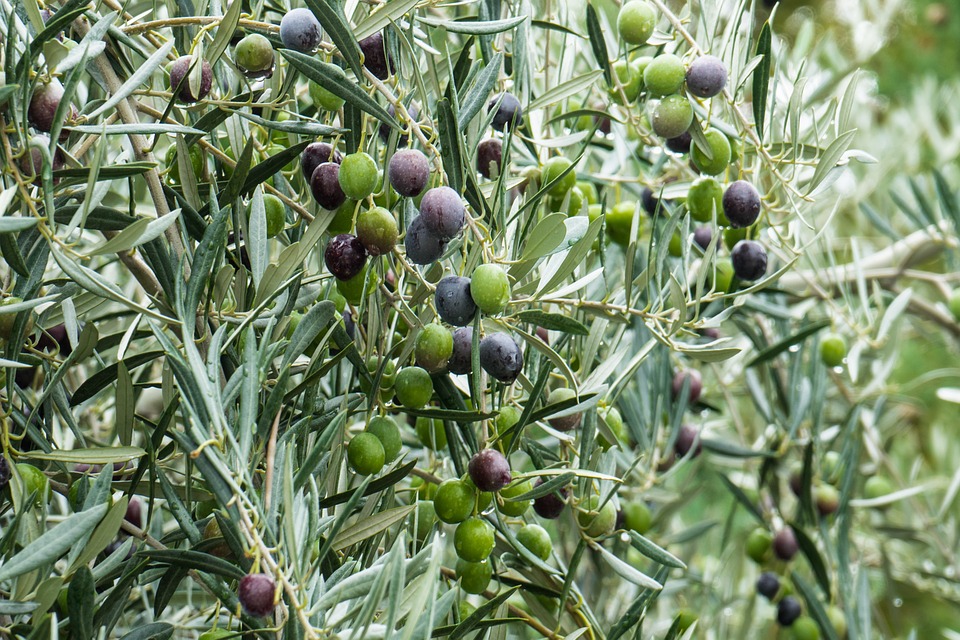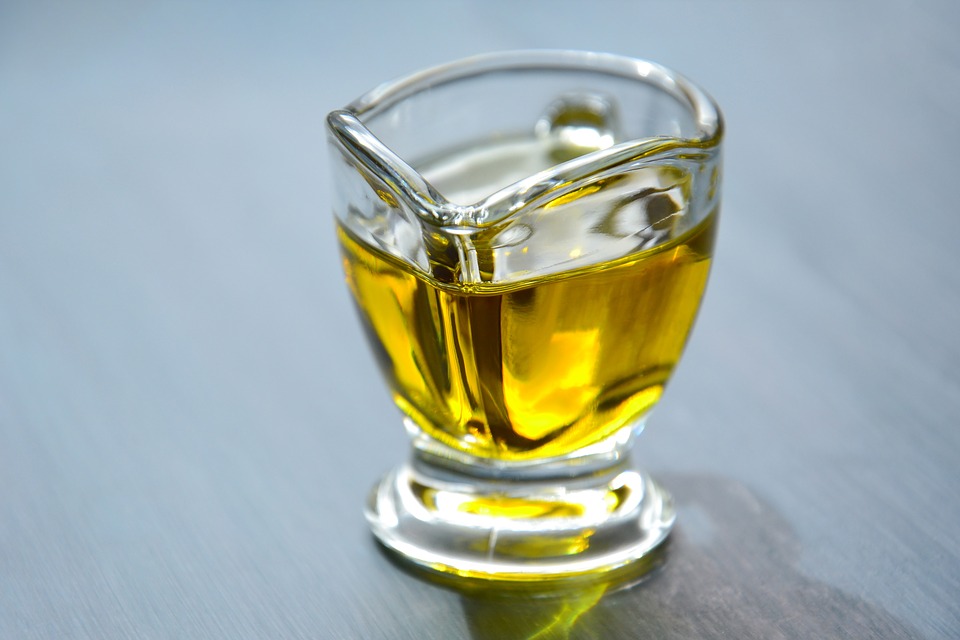We recently wrote about extra virgin olive oil, one of the flagships of the extremely rich ethno-gastronomic heritage of Italy. Our country is the most important producer of quality extra-virgin olive oil in the world, and the second largest producer (in terms of quantity) after Spain. This “ingredient par excellence” of
Mediterranean cuisine, with unique characteristics, is known and appreciated all over the world. Its clear colour, the unmistakable scent… for us, each drop contains the essence of the lands in which it was born. And then, there’s its ability to marry an infinite number of dishes, enhancing their flavour with delicate intensity. Italian extra virgin olive oil (also known as EVO) well deserves the reputation it enjoys!
About Extra virgin olive oilIt is obtained from the fruit of the olive tree exclusively through mechanical and physical processes. During processing, very low heat is used – that is, around the temperature of the human body – in order to facilitate the
extraction of the fat without causing alterations. It is essential that the olives do not undergo any treatment other than washing, decanting, centrifugation and filtration. It follows that all those oils extracted using chemical solvents, or through some kind of chemical action or with adding oils of different nature, are not considered EVO. Moreover, only when virgin olive oil has certain characteristics can it boast the "extra-" attribute. For instance, its taste must be
calibrated in order to obtain an organoleptic score equal to or greater than 6.5. In fact, one of the main differences between EVO oil and those of a lower level lies in its acidity, which must be less than 0.8% in oleic acid.
How to recognize Italian Extra virgin oilItaly can boast about
350 varieties of olives, grown throughout the territory. No other country in the world has such heterogeneity. Just consider that the second country that follows it in the rankings comes to count only 27 different varieties. Precisely because of this richness, which allows practically every mill to produce unique and unrepeatable oils, there is no single organoleptic definition for Italian oil. However, there are several measures that allow the consumer to immediately understand whether what he is buying is a quality product or not. There are in fact a series of clues, most of them are evident even to a less experienced eye, that are combined with more technical tests when needed. Briefly, to recognize the authenticity of Italian EVO oil it is advisable to:
• Check that the origin of the olives and the place of production are well indicated on the label;
• Check the price, which is a very important indicator given that an Italian EVO costs on average of € 8 / litre, and goes upwards;
• Observe the oil, whose fluidity must be medium-low, while the colour and its shades can vary from intense green to a golden yellow (which is why we often speak of extra virgin olive oil as green gold) ;
• Try it with your smell: pour the oil into a glass and cover it with your hands for a few minutes, then uncover it and inhale by placing your nose inside the glass itself, in a way similar to what you would do with wine;
• Try it with your taste, putting a few drops of oil on a spoon, and then leaving them for a little in your mouth before swallowing. At first, you should enjoy a slightly fruity taste that then turns a little bitter and spicy, due to the presence of oleuropein and oleocanthal, polyphenols with beneficial properties.
Properties of Italian EVO oilOur oil is considered by many experts to be an important element of a healthy diet. Diet, of course, means a set of correct
eating and lifestyle habits that guarantee optimal health. It is true that extra virgin olive oil is basically composed of lipids, rich in fatty acids. In the case of EVO, however, the lipids are mainly mono- and unsaturated vegetable fats, that is, healthy and easy for our body to metabolize. This results in proven beneficial effects on the cardiovascular system, with a significant decrease in cholesterol. Added to this is an important presence of
vitamins and
beta-carotene, scientifically known for their antioxidant functions for the benefit of health in slowing down the cellular aging process. Finally, the previously mentioned oleuropein is attributed positive properties against numerous diseases such as neoplasms, cardiovascular diseases, diabetes and even neurodegenerative diseases such as Alzheimer's disease. The oleocanthal, on the other hand, responsible for the tingling that extra virgin olive oil leaves in the throat has analgesic and anti-inflammatory properties even comparable to those of ibuprofen. Obviously, the concentration of the active ingredient in the medicine is not in the least comparable to what we can take with a standard consumption of EVO oil. The certainty remains that prolonged and not excessive use of the main condiment of the Mediterranean diet generally has positive effects on the body.
Update: we have just published a post on olives, if you are interested click here.

